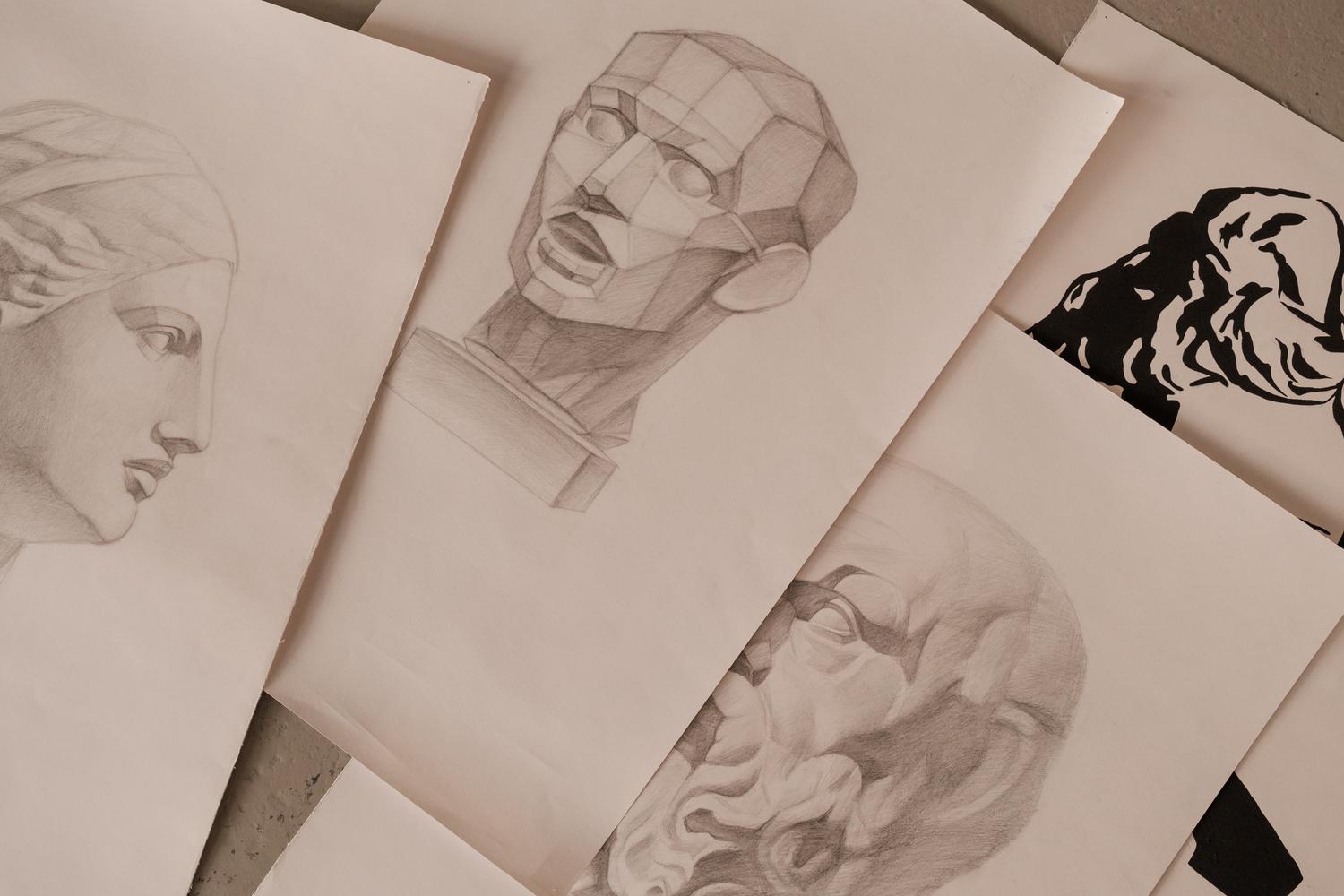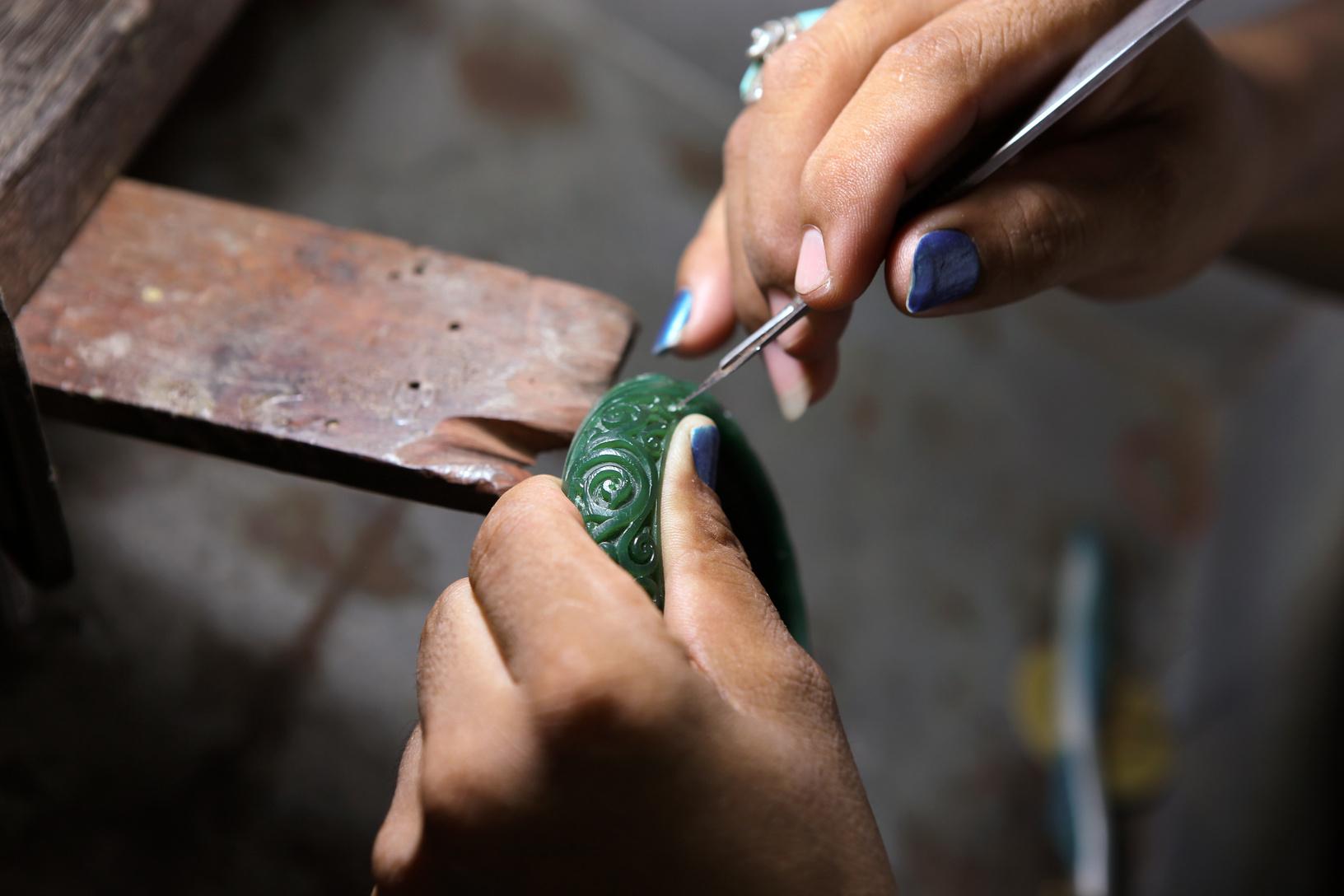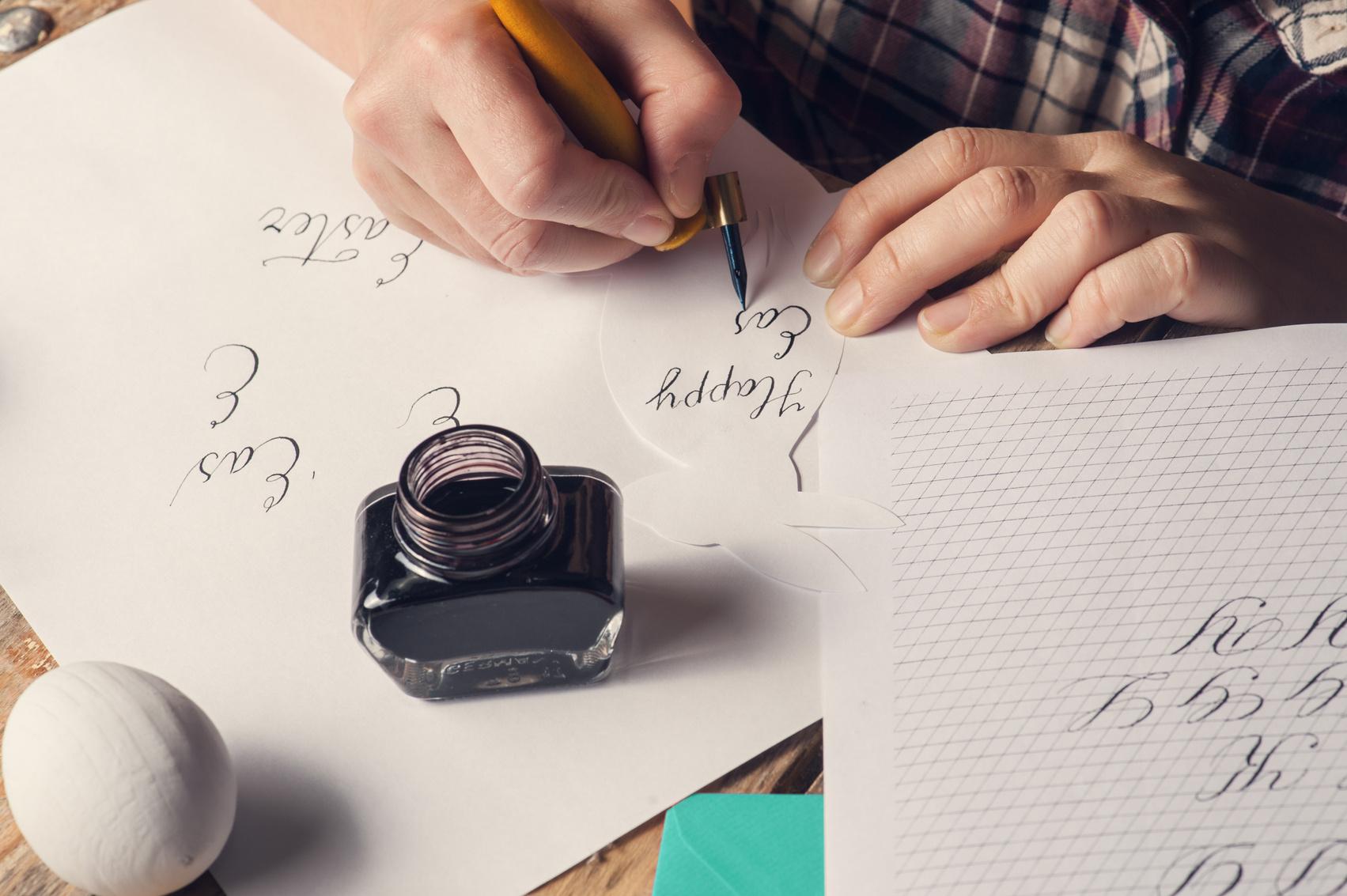
4 minute read
Study Advice/Creative Problem Solving
Here you will find study hints and problem solving skills that are helpful to keep in mind as an art student.
-Study in the fine arts is the basic foundation to any career in the art field. The attention, effort, and focus you put forth in your education will directly result in the strength you show as an artist.
Advertisement
-You should expect constructive and professional evaluations of your work and progress in this program. It can be difficult to receive critical feedback at first. The faculty are here to aid your growth personally and artistically.
-Along with having highly developed artistic ability, you must develop other core skills to be successful. Confident people skills, organizational abilities, deadline responsibilities, writing and speaking skills, and basic financial skills to name only a few. Lacking any of these skills can hinder your advancement in the arts.
-When pursuing study in creative fields, it is important to bring your own unique curiosity, strength, and personal energy to each course. Being a problem solver and self-initiating your learning each day will make the largest impact in your development.
-Always connect your art to you...your life...your experiences. Ask questions. Speak up and get involved in your courses and the department. Understand the goals and expectations of each class. Get comfortable with things that are new and unfamiliar. This is where growth happens. Experimentation, discovery, and development are the foundation of the creative process.
-Be prepared to put in the time to study and complete your assignments. Studio courses require additional time in the studio to complete assignments. The more quality time you put in the more quality the output.
Study Advice Creative Problem Solving

-If problems arise, speak up. Take ownership of your work and ask questions. Talk to your instructors to gain knowledge and guidance in these instances.
-There are going to be faculty members that you identify with more than others. Remember to make an effort to be present and open to what the instructor is presenting in class. Keep an open mind, and you will be surprised at the new information you can gain.
-Process :
-Be aware of the difference between assignments in the classroom that teach you technique, and your own self-initiated artwork. Projects are there to help you learn, and practice techniques and methods. Both are important and it is expected that you will be working on both.
-Use the right tool and process for the job. Have the best, affordable tools and materials. Talk to your professors about what would be appropriate to invest in and shop around.
-A problem that comes up often is knowing which creative idea to pursue. A great way to narrow that down is to list out your ideas. From that list, locate the idea you feel most strongly about and work on it. If a problem comes up during the preliminary planning stages you can move on to the next idea.
-Know the difference between a problem you are given to solve for a project and a problem that is for a self initiated idea. There will be times that you will be expected to operate in both modes.
-Take short breaks during a work session. This will help the quality of your work increase. Stepping away from a project can reveal a solution to a problem. The recommendation would be about every 20 minutes. Step back and look at your work. Strategize before the break.

Study Advice Creative Problem Solving
-Making sketches, thumbnails, or models of your ideas can often help you problem solve and lead you in the best direction to complete your artwork effectively. This prep work will help determine future problems with your idea and is crucial.
-In the studio, artists mostly employ two methods. The concept approach involves developing an idea first, then making an effort to determine how to turn it into a final product. The process approach is when an artist enters the studio without a predetermined idea and plays around with materials to see what happens. Most artists make their works of art using both of these methods. If one approach does not work, you can try the other. You can create your own process by asking teachers and other artists about their techniques.
-Time Management:
-Schedule your time effectively, set realistic goals, and even plan for personal time. It is okay to take a break from a project, and come back to refocus once you have cleared your head. Often a solution will present itself once you step away for a bit.
-The studios in Porter Hall are here for you. Utilize them outside of class time to work on projects.
-Personal Goals:
-Be a self-starter. Self motivation is one of the greatest qualities you can develop.
-Take the time to be aware of what is current in your field. Go to museums, art events, and gallery openings. There are many opportunities available to you. See as many works of art as you can.
-Personal confidence and believing in oneself is a key ingredient in problem solving. Avoid negative environments. Focus on input that is going to help you achieve your goals
-Find inspiration in your other courses, in your surroundings, in life. Be curious about history, art, culture and world differences. These all can inspire your future work.







